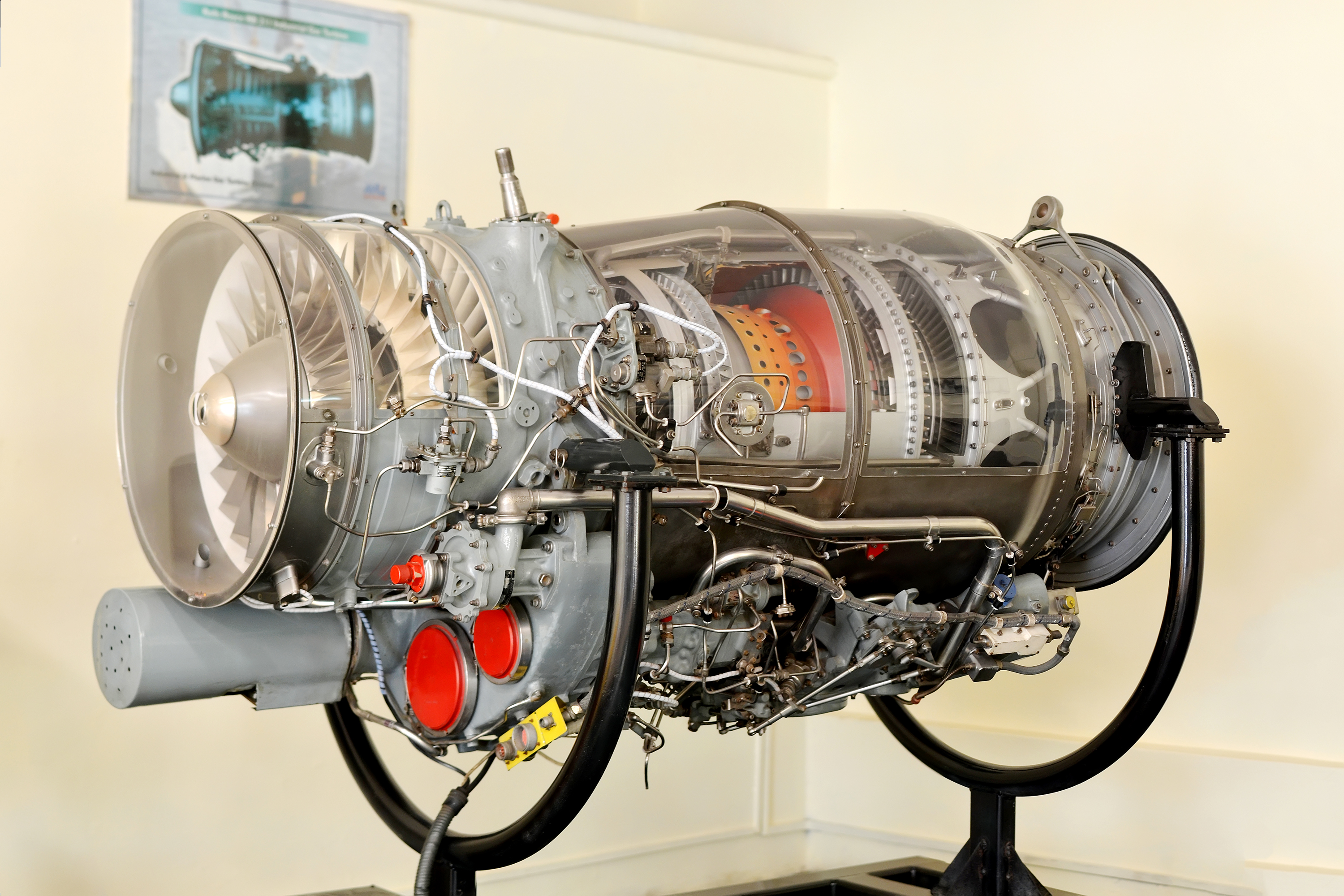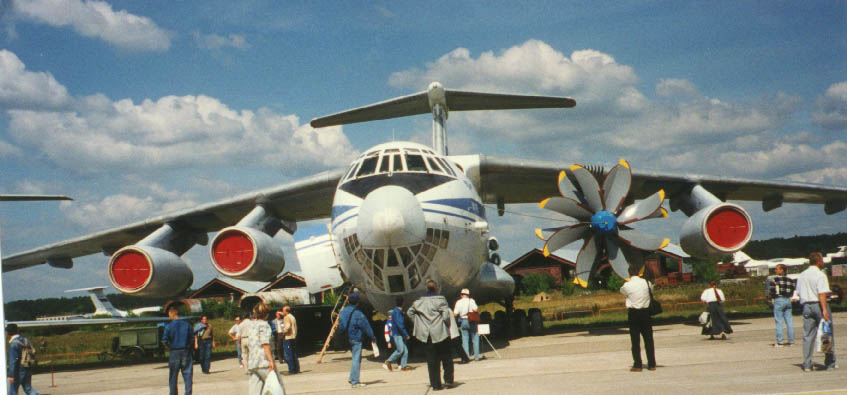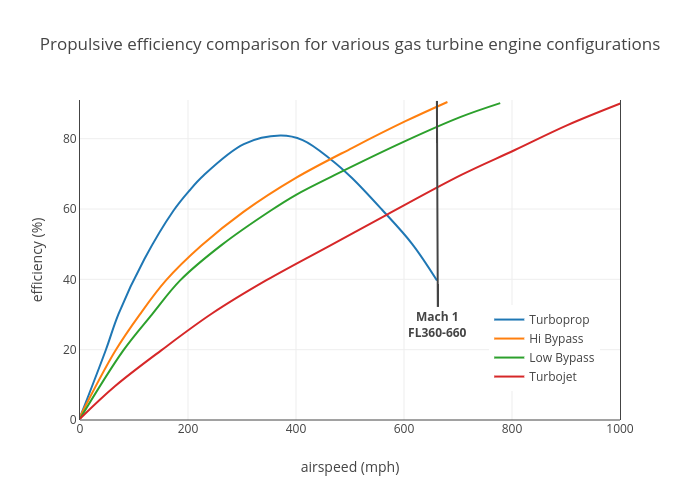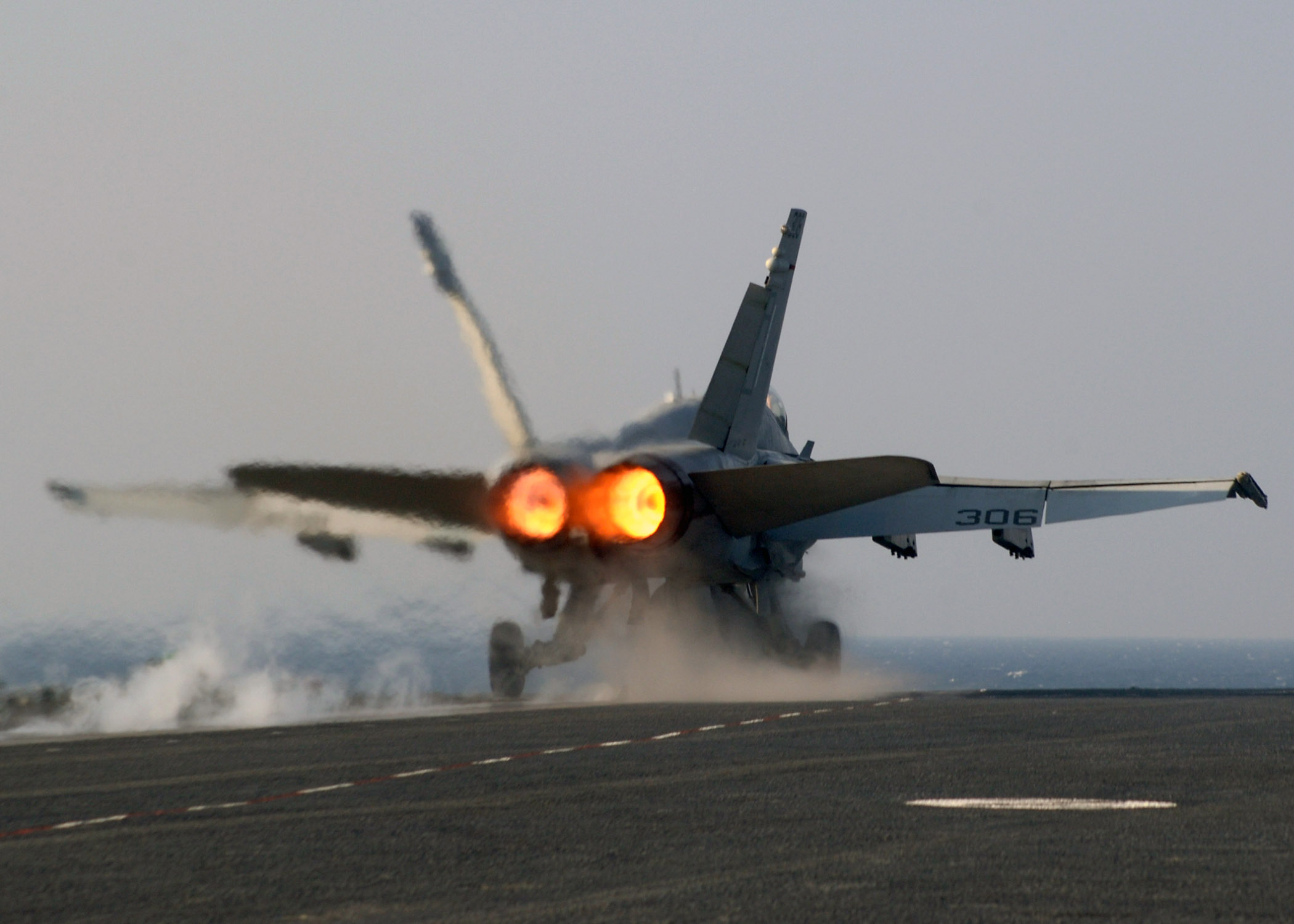|
Ivchenko-Progress AI-222
The Ivchenko-Progress AI-222 ( ua, AI-222, russian: АИ-222-25) is a family of low-bypass turbofan engines. Design and development The development of the engine started at Ivchenko-Progress of Zaporizhzhia, Ukraine in 1999. The engine was originally intended for the Yakovlev Yak-130 trainer aircraft. An afterburning version, the AI-222-25F (from Russian/Ukrainian "Форсаж", meaning reheat) is also available with thrust vectoring. In 2015 Russian manufacturer "Saljut" began to produce AI-222-25 without any Ukrainian involvement. Variants ;AI-222-25 ;AI-222-25F ;AI-222-25KVT ;AI-222-25KFK ;AI-222-28 ;AI-222-28F Applications * Hongdu JL-10 (L-15) * Yakovlev Yak-130 The Yakovlev Yak-130 (NATO reporting name: Mitten) is a subsonic two-seat advanced jet trainer and light combat aircraft originally developed by Yakovlev and Aermacchi as the "Yak/AEM-130". It has also been marketed as a potential light attack ... Specifications (AI-222-25) See also References {{I ... [...More Info...] [...Related Items...] OR: [Wikipedia] [Google] [Baidu] |
Turbofan
The turbofan or fanjet is a type of airbreathing jet engine that is widely used in aircraft engine, aircraft propulsion. The word "turbofan" is a portmanteau of "turbine" and "fan": the ''turbo'' portion refers to a gas turbine engine which achieves mechanical energy from combustion, and the ''fan'', a ducted fan that uses the mechanical energy from the gas turbine to force air rearwards. Thus, whereas all the air taken in by a turbojet passes through the combustion chamber and turbines, in a turbofan some of that air bypasses these components. A turbofan thus can be thought of as a turbojet being used to drive a ducted fan, with both of these contributing to the thrust. The ratio of the mass-flow of air bypassing the engine core to the mass-flow of air passing through the core is referred to as the bypass ratio. The engine produces thrust through a combination of these two portions working together; engines that use more Propelling nozzle, jet thrust relative to fan thrust are ... [...More Info...] [...Related Items...] OR: [Wikipedia] [Google] [Baidu] |
WikiProject Aircraft
A WikiProject, or Wikiproject, is a Wikimedia movement affinity group for contributors with shared goals. WikiProjects are prevalent within the largest wiki, Wikipedia, and exist to varying degrees within sister projects such as Wiktionary, Wikiquote, Wikidata, and Wikisource. They also exist in different languages, and translation of articles is a form of their collaboration. During the COVID-19 pandemic, CBS News noted the role of Wikipedia's WikiProject Medicine in maintaining the accuracy of articles related to the disease. Another WikiProject that has drawn attention is WikiProject Women Scientists, which was profiled by '' Smithsonian'' for its efforts to improve coverage of women scientists which the profile noted had "helped increase the number of female scientists on Wikipedia from around 1,600 to over 5,000". On Wikipedia Some Wikipedia WikiProjects are substantial enough to engage in cooperative activities with outside organizations relevant to the field at issue. For e ... [...More Info...] [...Related Items...] OR: [Wikipedia] [Google] [Baidu] |
Rolls-Royce Turbomeca Adour
The Rolls-Royce Turbomeca Adour is a two-shaft low bypass turbofan aircraft engine developed by Rolls-Royce Turbomeca Limited, a joint venture between Rolls-Royce (UK) and Turbomeca (France). The engine is named after the Adour, a river in south western France. History The Adour is a turbofan engine developed primarily to power the Anglo-French SEPECAT Jaguar fighter-bomber, achieving its first successful test run in 1968. It is produced in versions with or without reheat. As of July 2009 more than 2,800 Adours have been produced, for over 20 different armed forces with total flying hours reaching 8 million in December 2009. The U.S. military designation for this engine is the F405-RR-401 (a derivative of the Adour Mk 871), which is currently used to power the fleet of Boeing / BAE Systems T-45 Goshawk trainer jets of the United States Navy. Variants ; Bench engines : Ten prototype engines were built for testing by both Rolls-Royce and Turbomeca. ; Flight development eng ... [...More Info...] [...Related Items...] OR: [Wikipedia] [Google] [Baidu] |
Lotarev DV-2
The Lotarev DV-2 (or PSLM DV-2, DV: Dnepr-Váh)MOT Site:Letecká Atlantída (03/2013)Letecká Atlantída II (04/2013) Letecká Atlantída IV (06/2013) Letecká Atlantída V (07-08/2013) is a two-spool turbofan engine manufactured in Považská Bystrica, Slovakia by Považské Strojárne Letecké Motory (PS Aircraft Engines/Motors) (PSLM) (former ZVL Závody na Výrobu Ložísk "Bearings Production/Manufacturing Plant") and designed in partnership with Ivchenko Lotarev Design Bureau. Design and development Developed from the Ivchenko AI-25 turbofan engine, ZVL was also responsible for pre-production and serial engine production. The DV-2 is a two-spool modular aviation turbofan engine with a single-stage overhung fan, two-stage LP compressor, seven-stage HP compressor, single-stage HP turbine, and two-stage LP turbine, and an annular combustion system. Maximum power at T-O is with a specific fuel consumption of 60 kg/(kN h) (0.593 (lb/lbf h)), at Maximum Rating, Sea ... [...More Info...] [...Related Items...] OR: [Wikipedia] [Google] [Baidu] |
IHI Corporation XF5
The Ishikawajima-Harima Heavy Industries (IHI) XF5 is a low bypass turbofan engine developed in Japan by Ishikawajima-Harima Heavy Industries for the Mitsubishi X-2 Shinshin (ATD-X). Applications * Mitsubishi X-2 Shinshin The Mitsubishi X-2 Shinshin (, formerly the ATD-X) is a Japanese experimental aircraft for testing advanced stealth fighter aircraft technologies. It is being developed by the Japanese Ministry of Defense Technical Research and Development In ... Specifications (XF5-1) See also References {{Japan military gas turbine aeroengines XF5 Low-bypass turbofan engines 2010s turbofan engines ... [...More Info...] [...Related Items...] OR: [Wikipedia] [Google] [Baidu] |
Honeywell/ITEC F124
The Honeywell/ITEC F124 is a low-bypass turbofan engine derived from the civilian Honeywell TFE731. The F125 is an afterburning version of the engine. The engine began development in the late 1970s for the Republic of China (Taiwan) Air Force AIDC F-CK Indigenous Defence Fighter (IDF), and it first ran in 1979. The F124/F125 engine has since been proposed for use on other aircraft, such as the T-45 Goshawk and the SEPECAT Jaguar, and currently powers the Aero L-159 Alca and the Alenia Aermacchi M-346. The F124 has a rather unusual design for a two spool gas turbine engine, using both axial and centrifugal compressors in its high-pressure compressor. There are currently only three production variants of the engine, although several more have been proposed throughout its lifespan. Development In 1978, Garrett announced joint research on the TFE1042 afterburner with Swedish company Volvo Flygmotor AB in order to provide an engine for the AIDC F-CK Indigenous Defence Fighter ( ... [...More Info...] [...Related Items...] OR: [Wikipedia] [Google] [Baidu] |
HAL HTFE-25
The HAL HTFE-25 ("Hindustan Turbo Fan Engine") is a 25 kn turbofan engine under development by Hindustan Aeronautics Limited Hindustan Aeronautics Limited (HAL) is an Indian state-owned aerospace and defence company, headquartered in Bangalore, India. Established on 23 December 1940, HAL is one of the oldest and largest aerospace and defence manufacturers in the worl ... (HAL). The engine can be used in single engine trainer jets, business jets and UAVs weighing up to 5 tonnes and in twin engine configuration for same weighing up to 9 tonnes. Based on the technical feasibility, the market potential for engine is of 200-250 units. Two engines have been produced and completed 339 runs as of 2019 out of which 96 runs were conducted in 2018-19. Engine has successfully completed cold starting test at 14 °C with spark igniters and has also achieved 100 per cent max speed with and without IGV modulation. The company has also initiated the development for integrating afterburn ... [...More Info...] [...Related Items...] OR: [Wikipedia] [Google] [Baidu] |
List Of Aircraft Engines
This is an alphabetical list of aircraft engines by manufacturer. 0–9 2si *2si 215 *2si 230 * 2si 430 * 2si 460 *2si 500 * 2si 540 * 2si 690 3W ''Source: RMV'' *3W 106iB2 *3W-110 *3W-112 *3W-170 *3W-210 *3W-220 A Abadal (Francisco Serramalera Abadal) *Abadal Y-12 350/400 hp ABC ''Source: Lumsden.'' * ABC 8 hp * ABC 30hp V-4 * ABC 45hp V-6 * ABC 60hp V-8 * ABC 85hp V-6 * ABC 100hp V-8 * ABC 115 hp * ABC 170hp V-12 * ABC 225hp V-16 *ABC Dragonfly *ABC Gadfly *ABC Gnat *ABC Hornet * ABC Mosquito *ABC Scorpion *ABC Wasp *ABC type 10 APU *ABC type 11 APU ABECO ''Source: RMV'' *ABECO GEM Aberg ''Source: RMV'' *Type Sklenar ABLE ''Source: RMV'', Able Experimental Aircraft Engine Co. (Able Experimental Aircraft Engine Co., Altimizer, Hoverhawk (US)) *ABLE 2275 *ABLE 2500 *ABLE VW x 2 Geared Drive Accurate Automation Corp *Accurate Automation AT-1500 *Accurate Automation AT-1700 Ace (Ace American Engr Corp, Horace Keane Aeroplane Co, North Beac ... [...More Info...] [...Related Items...] OR: [Wikipedia] [Google] [Baidu] |
Progress D-27
The Progress D-27 is a three-shaft propfan engine developed by Ivchenko Progress. The gas generator was designed using experience from the Lotarev D-36 turbofan. The D-27 engine was designed to power more-efficient passenger aircraft such as the abandoned Yakovlev Yak-46 project, and it was chosen for the Antonov An-70 military transport aircraft. As of 2019, the D-27 is the only contra-rotating propfan engine to enter service. Design and development The engine was launched in 1985 by the Ivchenko-Progress Design Bureau for commercial and military transport aircraft. It was designed to meet the expected growth in demand for new aero engines for civil and military applications. It has a take-off rating of for the Antonov An-70. Gunston lists ratings between for the engine. In 1990, the D-27 engine was proposed for the 150-162 seat Yakovlev Yak-46 airliner. This twin-engined derivative of the three-engine Yakovlev Yak-42 would mount the two D-27 engines on the rear fuselage. A ... [...More Info...] [...Related Items...] OR: [Wikipedia] [Google] [Baidu] |
Bypass Ratio
The bypass ratio (BPR) of a turbofan engine is the ratio between the mass flow rate of the bypass stream to the mass flow rate entering the core. A 10:1 bypass ratio, for example, means that 10 kg of air passes through the bypass duct for every 1 kg of air passing through the core. Turbofan engines are usually described in terms of BPR, which together with engine pressure ratio, turbine inlet temperature and fan pressure ratio are important design parameters. In addition, BPR is quoted for turboprop and unducted fan installations because their high propulsive efficiency gives them the overall efficiency characteristics of very high bypass turbofans. This allows them to be shown together with turbofans on plots which show trends of reducing specific fuel consumption (SFC) with increasing BPR. BPR is also quoted for lift fan installations where the fan airflow is remote from the engine and doesn't physically touch the engine core. Bypass provides a lower fuel consumption ... [...More Info...] [...Related Items...] OR: [Wikipedia] [Google] [Baidu] |
Reheat
An afterburner (or reheat in British English) is an additional combustion component used on some jet engines, mostly those on military supersonic aircraft. Its purpose is to increase thrust, usually for supersonic flight, takeoff, and combat. The afterburning process injects additional fuel into a combustor in the jet pipe behind (''i.e.'', "after") the turbine, "reheating" the exhaust gas. Afterburning significantly increases thrust as an alternative to using a bigger engine with its attendant weight penalty, but at the cost of increased fuel consumption (decreased fuel efficiency) which limits its use to short periods. This aircraft application of "reheat" contrasts with the meaning and implementation of "reheat" applicable to gas turbines driving electrical generators and which reduces fuel consumption. Jet engines are referred to as operating ''wet'' when afterburning and ''dry'' when not. An engine producing maximum thrust wet is at ''maximum power,'' while an engine pro ... [...More Info...] [...Related Items...] OR: [Wikipedia] [Google] [Baidu] |






